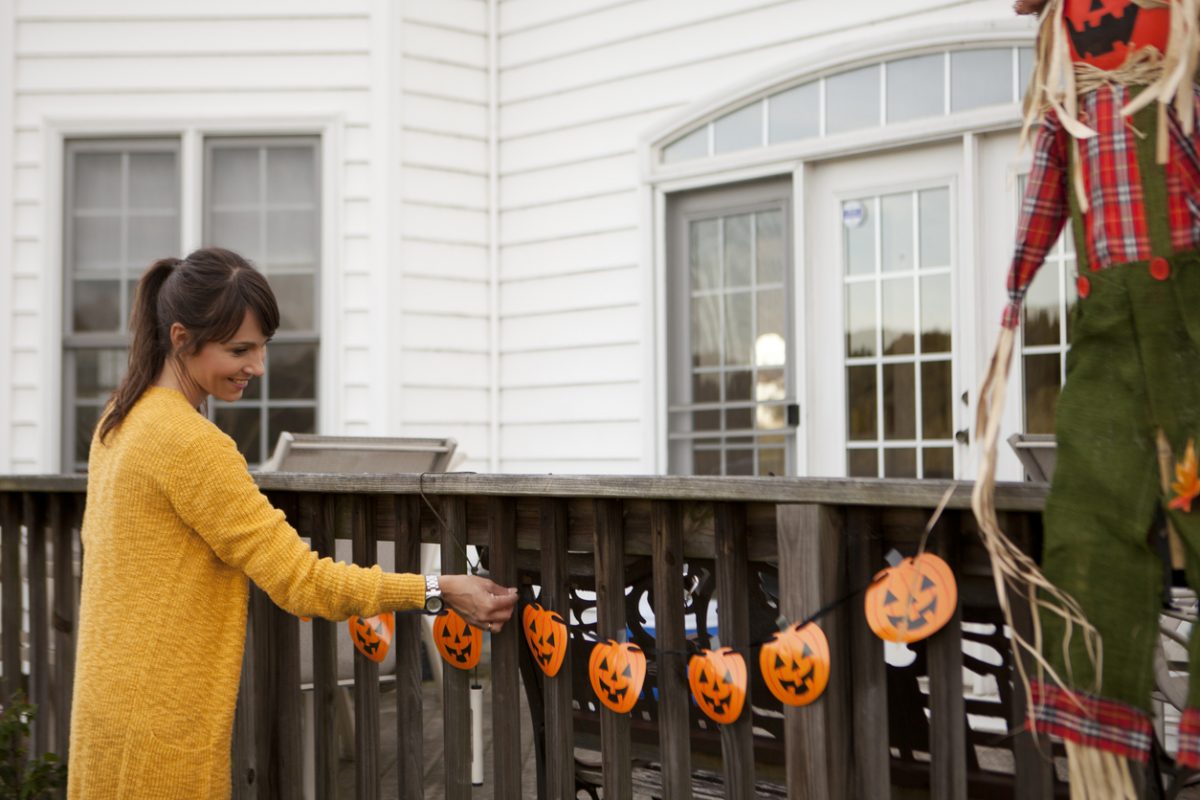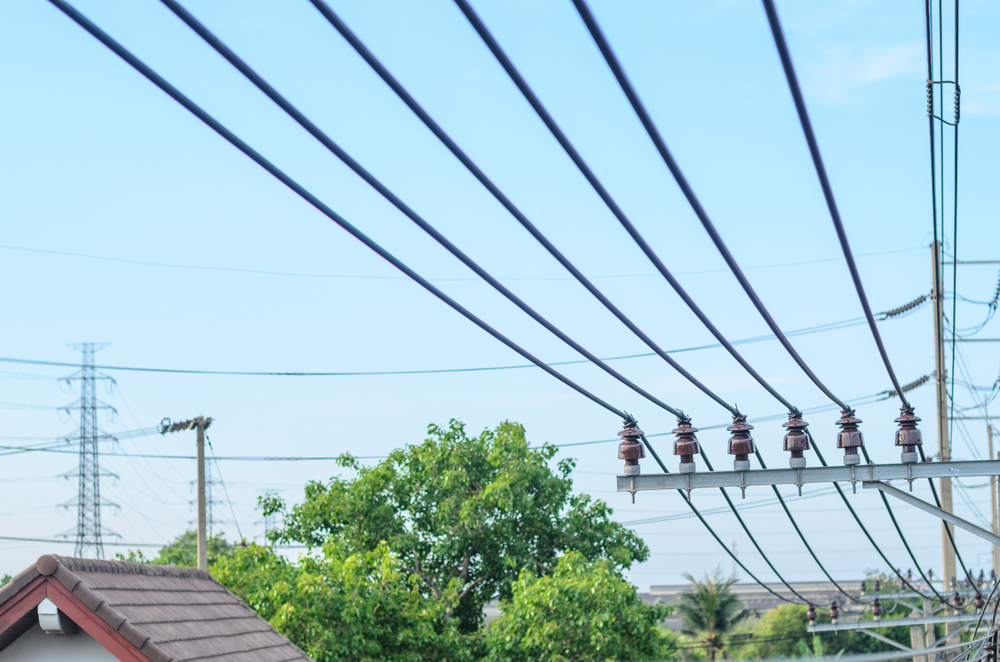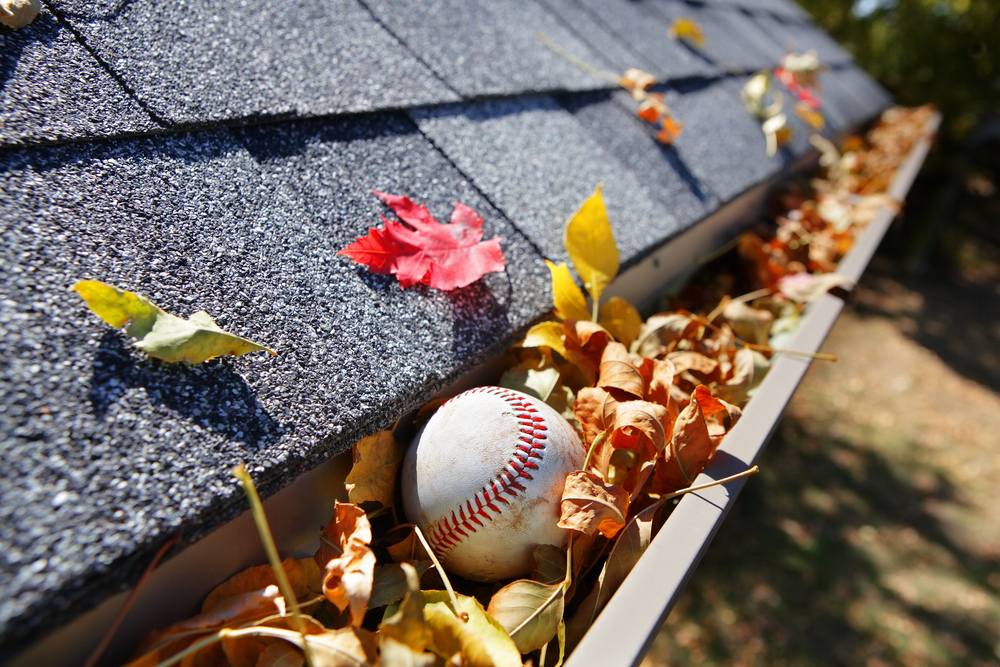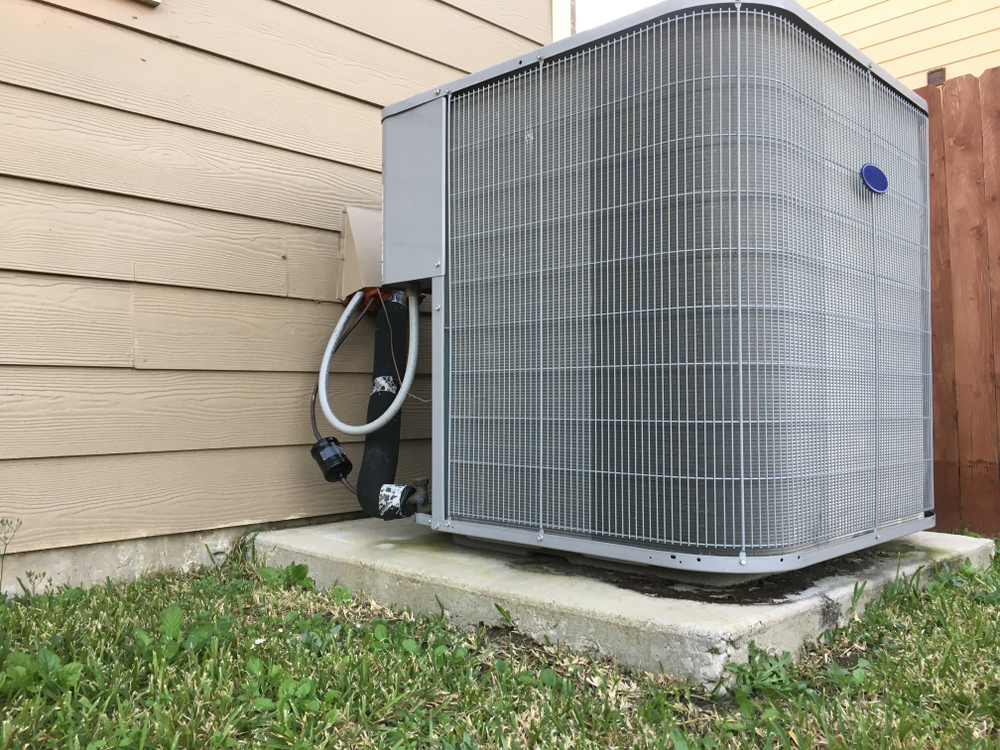Let’s face it: nothing beats fall in New England. If you’re looking to invite the new season into your home, we’ve got a few of the top decor tips for you:
1. Celebrate the Harvest Season
Fall is one of the best seasons to utilize natural elements in your home. Whether it’s a casual woodsy texture, or going full-blown autumn and decorating with pumpkins galore! Add patterned throw pillows to your living spaces for a great touch that will tie your home together. There’s plenty of DIY fall wreath options that will spark your creativity, too.
If you want more, try these outdoor tips to add the harvest season to your home:
- Line up gourds and pumpkins on your stoop or walkway
- Stop at a local farmstand for fresh, color mums. Choose one or two colors.
- Layer your fall display with a few hay bales.
2. Add Candles for Warmth and Light
Let’s admit it: one of the best parts of decor shopping is stopping to smell the candles. Adding different scented candles throughout your home is also one of the best ways to welcome the new season. Sprinkle fall scents in your bathroom, kitchen, living room, and bedrooms. Many candles also have a beautiful design and can also function as a decor piece!
3. Introduce New Colors Into Your Home
The best way to add fall colors to your home is to think of the changing of the leaves here in Connecticut. Crimson, burnt orange, yellow, and sage are great color choices to add to your home.
Whether you pop in some new color by adding a new sign to the outside of your home, a colorful throw blanket or getting new place settings for your dinner table, you’ll be feeling fall in no time!
We hope you have fun decorating your home this season! With a new season comes time for home maintenance, as well. Before decorating your home for the new season, be sure to do an annual check on your home’s exterior.
Through annual upkeep, you can avoid costly repairs and damage down the line. Our knowledgeable staff at Landmark Exteriors will answer your questions and set up a schedule for your specific needs. Call our office for details. (203) 838-3838




